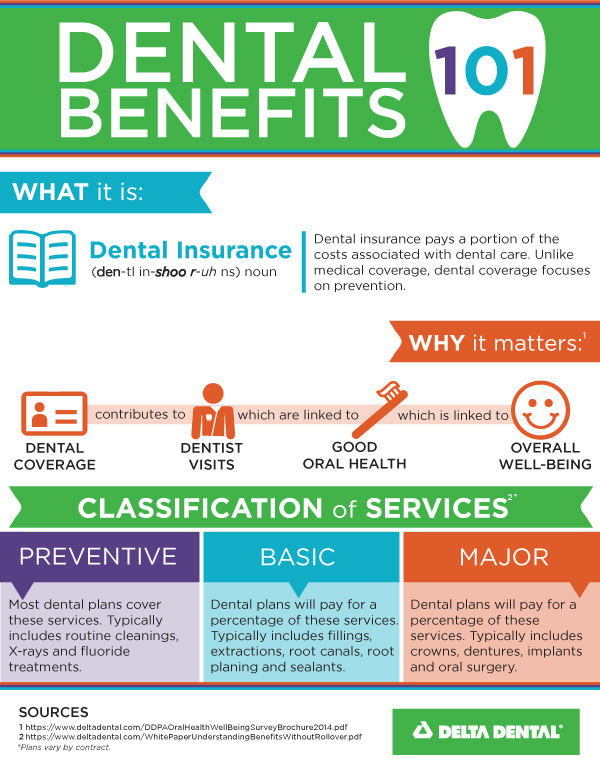Guarantee You Are Prepared For Unexpected Dental Emergencies By Having The Ability To Identify The Signs And Symptoms Of Trauma And Knowing When To Look For Immediate Clinical Attention
Guarantee You Are Prepared For Unexpected Dental Emergencies By Having The Ability To Identify The Signs And Symptoms Of Trauma And Knowing When To Look For Immediate Clinical Attention
Blog Article
Web Content Author-Gundersen Rivas
If you really feel a sudden jolt of discomfort or see a tooth injury, it can be disturbing. However exactly how do you figure out if it's a dental emergency situation that calls for prompt interest? Recognizing the important indicators and knowing when to look for help can make all the distinction in maintaining your oral health and wellness. Knowing when to act swiftly could indicate the difference in between a quick fix and a lot more extensive treatment.
Common Types of Dental Injury
What're the typical kinds of dental trauma that you should understand?
Crashes can occur, bring about different sorts of dental injuries. One typical sort of dental trauma is a broken tooth. This can happen from attacking down on something hard or experiencing a blow to the face.
Another kind is a damaged tooth, where a part of the tooth can chip off. Furthermore, you may experience a knocked-out tooth, which can take place during sports or falls. It's crucial to handle the tooth meticulously and look for instant oral interest.
Dental trauma can additionally entail a tooth that has actually been pushed out of setting or loosened due to an injury. This type of injury calls for timely therapy to save the tooth.
Last but not least, soft cells injuries in the mouth, such as cuts, can additionally occur from mishaps. Learning about these usual types of oral trauma can assist you act promptly and appropriately in case of an emergency.
Indicators of Oral Emergency Situations
Acknowledging the indicators of oral emergency situations is crucial for timely action and proper treatment. If you experience severe tooth discomfort that's constant and pain, it can indicate an underlying problem that needs instant attention.
Swelling in the gum tissues, face, or jaw can likewise be a sign of a dental emergency, particularly if it's accompanied by discomfort or fever. Any sort of trauma to the mouth resulting in a broken, damaged, or knocked-out tooth must be treated as an emergency to prevent further damages and prospective infection.
Hemorrhaging from the mouth that doesn't stop after applying pressure for a couple of minutes is an additional warning that you need to seek emergency oral treatment. In are dental implants safe , if you discover any type of indicators of infection such as pus, a foul taste in your mouth, or a fever, it's important to see a dental professional asap.
Overlooking grants for dental implants can lead to more significant difficulties, so it's essential to act swiftly when faced with a possible oral emergency.
Importance of Immediate Therapy
Prompt activity and immediate treatment are essential in dealing with oral emergencies to prevent additional issues and ensure optimal results for your dental health.
When confronted with a dental emergency situation, such as a knocked-out tooth or severe toothache, seeking immediate therapy can make a significant difference in conserving your tooth and minimizing pain. Postponing treatment can result in infection, boosted discomfort, and even long-term damages to your teeth and periodontals.
By seeking emergency oral treatment promptly, you enhance the chances of effective treatment and repair. Dental practitioners have the necessary skills and devices to resolve emergency situations effectively, reducing the risk of long-term consequences.
Additionally, prompt therapy can help take care of pain and pain, permitting you to resume your everyday tasks without disturbance.
Final thought
To conclude, understanding dental trauma and understanding when to look for emergency treatment is critical for preserving dental health.
By recognizing typical sorts of oral injuries and the indications of dental emergency situations, you can make sure punctual care to protect against more damages and complications.
Remember, seeking immediate therapy can save teeth, reduce pain, and increase the opportunities of effective healing.
Do not think twice to look for aid from an oral specialist if you experience any type of signs of dental trauma.
